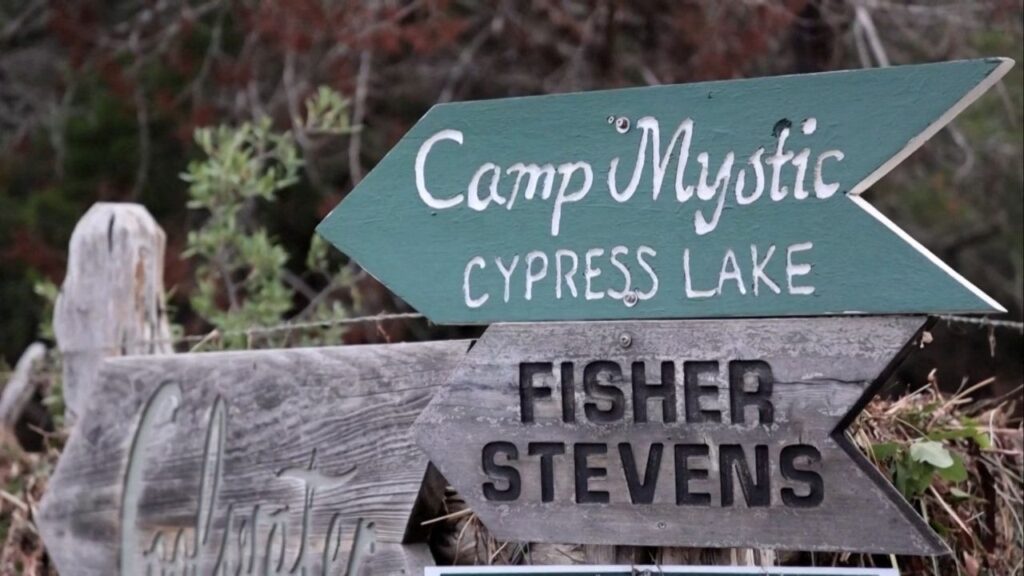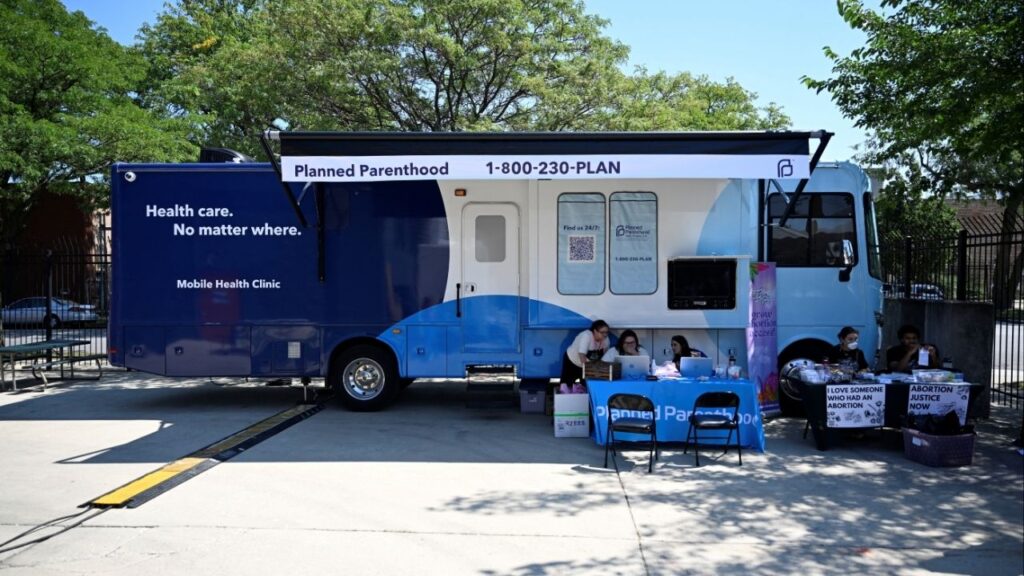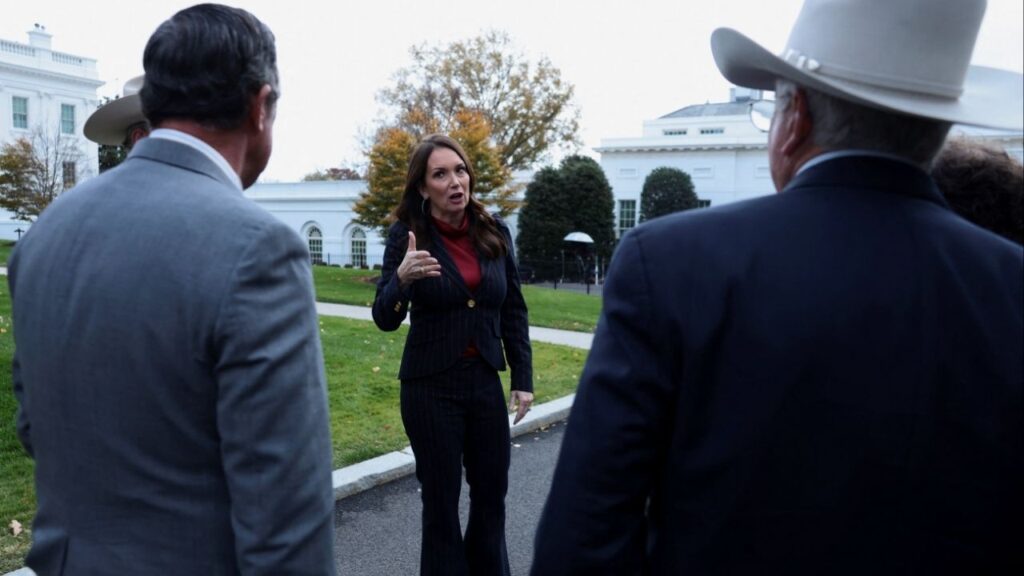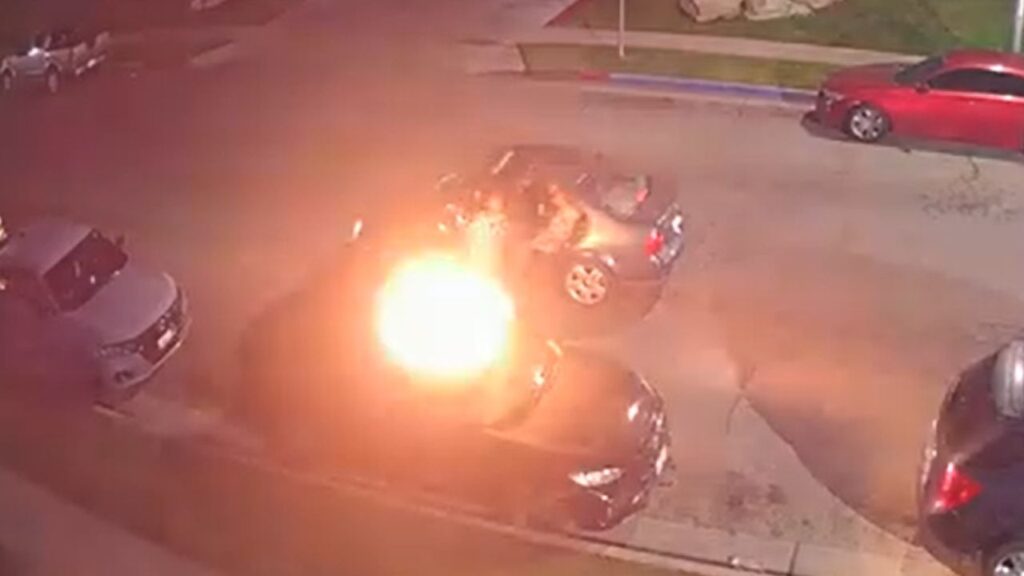Share
Winter rain cannot wash away the tragedy of the 2018 fire season for Northern California, the deadliest in state history.

Opinion
Brenda W. Davis
Special to CALmatters
Our history tells part of the story.
California’s native vegetation is adapted to a climate with long, dry summers in which frequent, low-intensity wildfires are a natural part the ecological system.
Prior to European settlement, fires burned frequently in some types of chaparral. And in the Sierra Nevada coniferous forests, natural fires occurred every 15 to 30 years. Even in the North Coast’s moist redwoods, fire was a common occurrence.
If you look, you can find fire scars on nearly every old-growth redwood tree. Starting in the early 1900s, land managers were successful in controlling many of the fires, but the result was a tremendous build-up of dense brush and overly-stocked forests.
Steps to Reduce the Chance of Another Paradise Type Disaster
In the Sierra, there are now more than double the number of trees per acre than existed prior to European settlement. Changes in climatic patterns have exacerbated conditions, with extended dry periods resulting in vegetation and potential fuels for fires with an unusually low moisture content.
Some people say that climate change has made megafires inevitable. Others claim that forest thinning and fuel reduction treatments may actually increase fire intensity. Neither argument should be an excuse for inaction.
So what can be done to reduce the chance of another Paradise type disaster? Here are a few steps:
- We must identify the communities at risk and develop warning systems and evacuation plans.
- Landowners must coordinate efforts to implement fuel treatment programs around these communities and homeowners must harden their properties against fire by creating defensible space and implementing fire-safe building practices.
- Since most of the 2017-18 Northern California fires started along highways or utility corridors, we must do a better job of controlling the vegetation within these zones and consider widening the protection areas.
- We must create and maintain fuel breaks along strategic ridges and other locations to create defensible areas for firefighters.
- We need to thin forests to make them healthier and more resilient to epidemic levels of insects and disease, and manage our chaparral areas using mechanical treatments and prescribed fire.
Inaction Is Not an Option
These efforts will require infrastructure and human capital. Some of the trees removed during thinning will be large enough to mill into lumber and help pay for the costs of hazard reduction.
We will also need more trained workers and resource professionals to plan and implement the fuel reduction projects, while protecting sensitive resources.
Inaction is not an option.
California must accept the challenge to manage both fire risk and hazards. Gov. Gavin Newsom has unveiled his plans for dealing with wildfires and other emergencies.
We encourage him—as well as forest and land management leaders, other decision-makers and the public—to embrace the above recommendations to protect people and manage the priceless forests and chaparral landscapes necessary for our health and welfare.
Brenda Washington Davis is chair of The Forest Foundation, bdavis@bwdlawgroup.com. She wrote this commentary for CALmatters.
Categories

Texas Camp To Reopen After Flood That Killed 27 Children


















